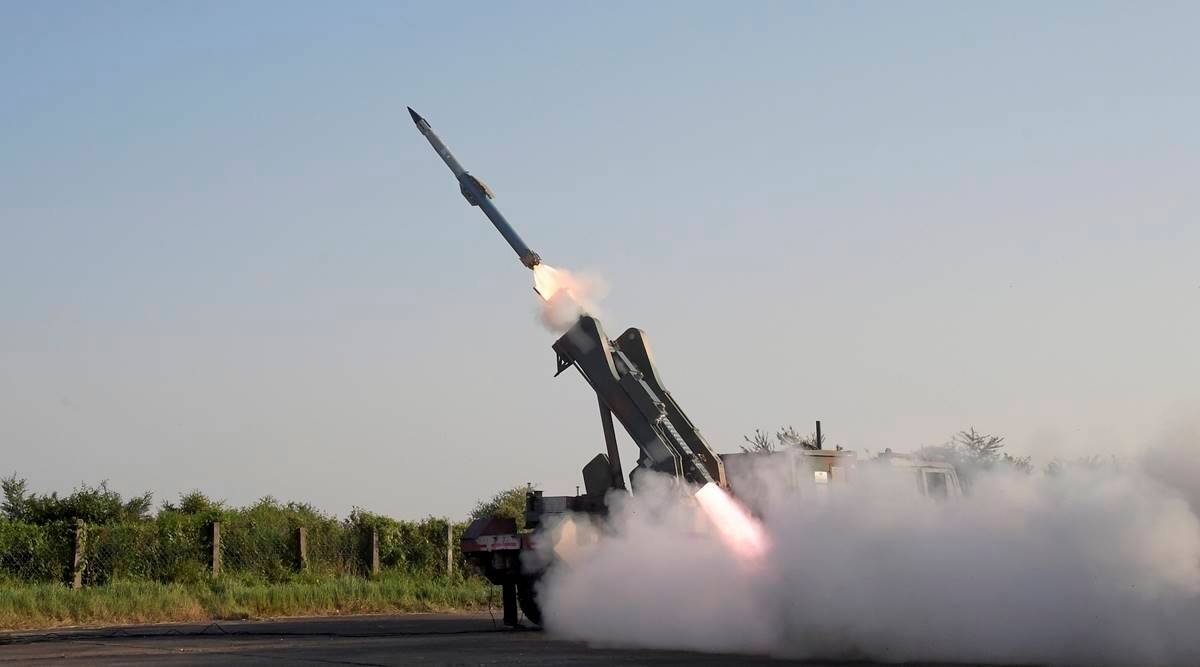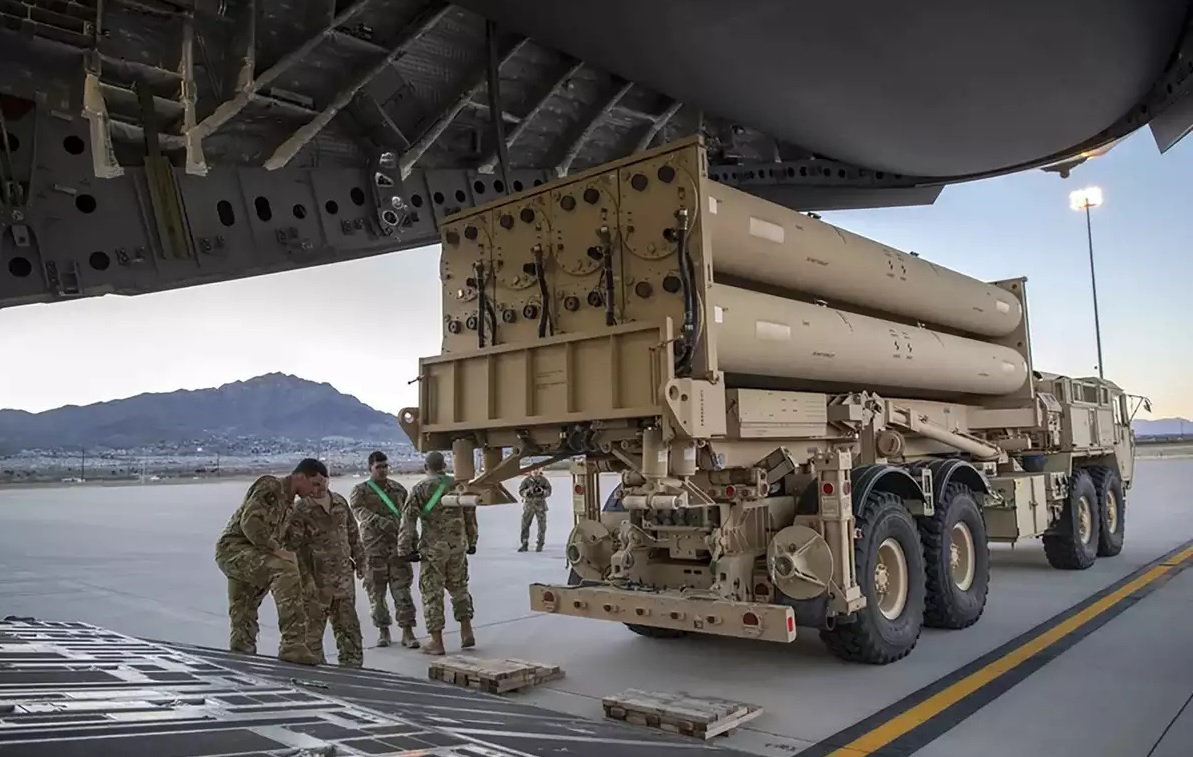CCS Clears New Tactical Missile Testing Range in Andhra Pradesh: DRDO to Test VSHORADS and Anti-Tank Systems

The Cabinet Committee on Security (CCS) has taken a crucial step in advancing India's defence capabilities by approving the establishment of a new tactical missile testing range in Nagayalanka, Andhra Pradesh. This move comes at a pivotal moment when the Defence Research and Development Organisation (DRDO) is deep into developing a range of missile systems, particularly those designed for short-range air defence and anti-tank warfare.
India’s missile development programs have gained momentum in recent years, reflecting a growing emphasis on indigenous technology. The newly approved range will serve as a dedicated platform for testing critical missile systems such as Very Short Range Air Defence Systems (VSHORADS), anti-tank guided missiles (ATGMs), and other tactical systems designed to protect ground forces in battlefield conditions. The approval of this facility provides a significant boost to the testing of domestically developed weaponry.
Why the New Missile Range is Significant
With this approval, the DRDO is set to benefit from a facility that allows for extensive testing under real-world conditions. This range will cater to missile systems designed for quick deployment and response during combat situations. For instance, the VSHORADS—a highly portable air defence missile—is built for rapid deployment to protect troops against low-flying aircraft and drones. On the other hand, the anti-tank guided missiles, both man-portable and vehicle-launched, are developed to target modern armoured vehicles, crucial for India's ground forces.
While India already has missile testing facilities such as the Integrated Test Range (ITR) in Odisha, this new facility in Andhra Pradesh will be focused on tactical missile systems. The terrain and geographical features of the Nagayalanka region are ideal for such tests, allowing DRDO to simulate battlefield conditions more effectively.
DRDO’s Growing Portfolio of Tactical Missiles
The DRDO has been making significant strides in the development of tactical missile systems, with several of them being close to induction. Among these are the VSHORADS and various anti-tank missile systems like the MPATGM (Man-Portable Anti-Tank Guided Missile). These missiles are designed to be lightweight, versatile, and capable of being operated by soldiers in diverse terrains—from the plains of Punjab to the mountainous regions of Ladakh.
Additionally, quick-reaction surface-to-air missiles (QRSAMs) and vertically launched short-range air defence systems (VL-SRSAM) are also in development. These systems are intended to protect key military installations and assets, including ground vehicles and personnel, from enemy air attacks. The new missile testing range will support the evaluation and refinement of these cutting-edge systems.
A Broader Strategy for National Defence
The establishment of the missile testing range is not an isolated move. The CCS meeting also gave the green light to several other significant proposals. These include the acquisition of 31 Predator drones from the United States—capable of conducting surveillance and precision strikes—and the construction of two nuclear submarines under Project ATV, which is responsible for India’s indigenous strategic submarine development.
The expansion of India’s missile testing infrastructure is part of a larger vision to boost the country's self-reliance in defence technology. With growing tensions in the region and an evolving security landscape, having an advanced, well-equipped defence research framework is essential for maintaining military preparedness.
However, as with any significant defence project, there are both advantages and challenges. On the positive side, the new range will streamline the testing process, making it easier for DRDO to advance its projects to the next phase. But on the downside, setting up and maintaining such a facility comes with environmental and logistical concerns, including potential disruptions to local ecosystems and the need for adequate infrastructure development.
The Road Ahead
This new testing range marks another milestone in India’s defence modernization efforts, aligning with the country’s long-term goal of achieving self-reliance in critical military technologies. For DRDO, it presents an opportunity to accelerate the pace of missile development and deliver world-class systems to the Indian Armed Forces.
While the approval of the missile range is a major win for India’s defence sector, the execution of the project will be equally critical. Ensuring that the range becomes operational on time and meets the required standards will be key in supporting DRDO’s ambitious missile development agenda. As India continues to develop and enhance its tactical and strategic capabilities, this new facility could become a cornerstone in testing and refining systems crucial for the country's defence.


